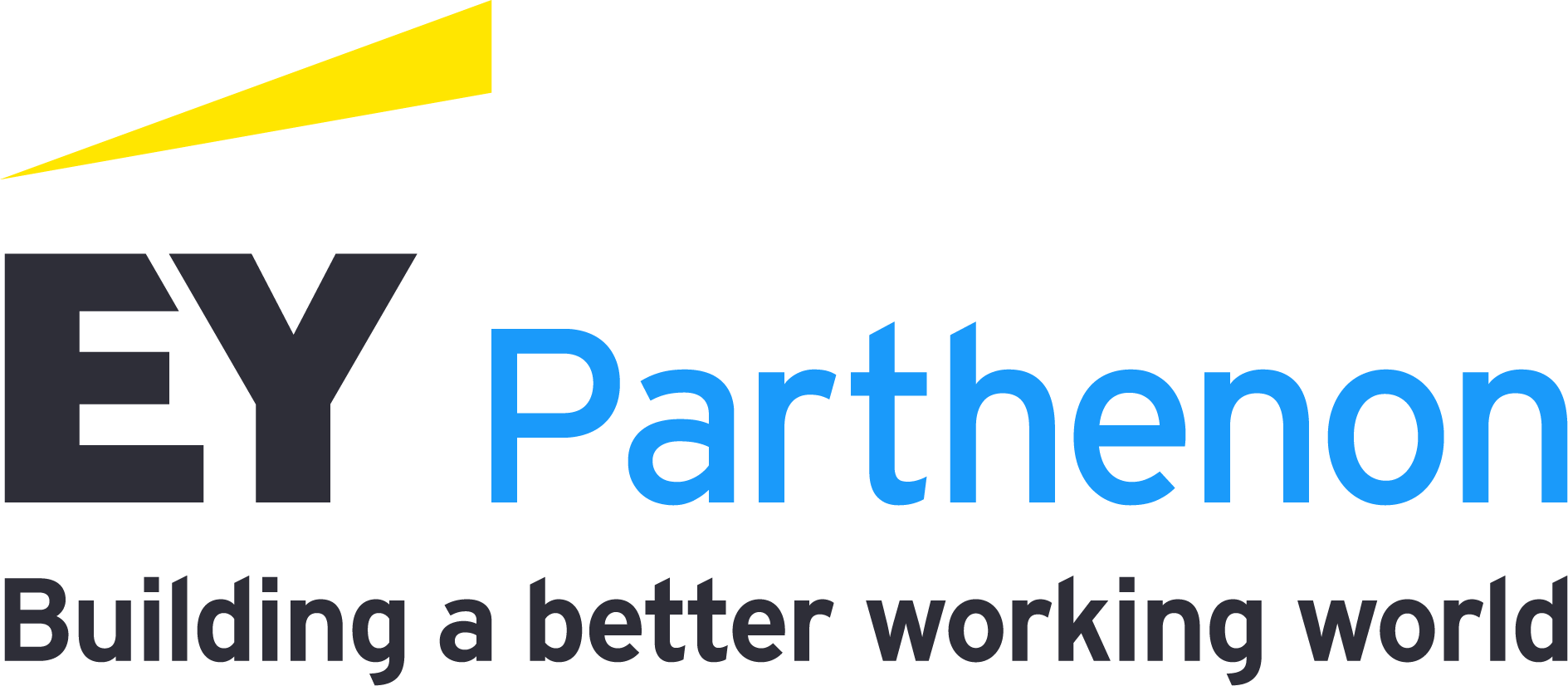Cooler at the core
- Headline Consumer Price Index (CPI) rose by 0.3% month over month (m/m) in April, below expectations, with energy prices up 1.1% and food prices flat. With 70% of the headline advance driven by higher gas prices and shelter costs, core CPI rose a moderate 0.3% m/m, after three consecutive 0.4% gains, pointing to cooling core inflationary pressures.
- Core goods prices fell 0.1% — the tenth decline in the last 12 months — while core services prices increased 0.4% — the weakest gain since December. Shelter costs along with auto insurance and medical services prices drove the gains. The Fed’s favored “supercore” (but perhaps misleading) CPI measure — core services excluding shelter costs — rose 0.4% following a 0.65% gain in March.
- Short-term inflation dynamics were cooler than expected as the softer than anticipated April print offset the gradually dissipating early-2024 noise. On a three-month annualized basis, headline CPI was flat at 4.6% while core CPI fell 0.4 percentage point (ppt) to 4.1%. On a six-month annualized basis, headline CPI rose 0.5ppt to 3.7% while core CPI rose a tick to 4.0%.
- Meanwhile, headline CPI inflation eased 0.1ppt to 3.4% year over year (y/y) while core CPI inflation eased 0.2ppt to 3.6% y/y — its lowest level since April 2021.
- We anticipate headline CPI inflation will hover around a 3.5% plateau through the summer while core inflation gently eases below the 3.5% mark. This should translate into a similar plateau for personal consumption expenditures (PCE) inflation around 2.7% while core PCE inflation moves toward 2.5%.
- We still believe a broad disinflationary trend remains in place, and five key elements should bring more disinflation throughout 2024: mildly softer consumer spending growth as evidenced by the goose egg retail sales print in April, moderating wage growth and slower job growth, declining rent inflation, narrower profit margins, and stronger productivity growth.
- A 2.5% to2.7% PCE inflation plateau is not so far above the Fed’s 2% target that it would warrant excessively tight monetary policy. We continue to expect two 25 basis points rate cuts in 2024, in July and November, as labor market conditions soften and core disinflation reasserts itself. This compares to markets pricing two rate cuts in 2024 with an onset in September priced in at 60%.
Looking into the details
Energy prices rose for a third consecutive month, up 1.1% m/m in April after a similar gain in March. The increase was driven by a 2.8% gain in gasoline prices as natural gas and electricity prices fell.
Food prices were flat on the month, pushing the three-month average gain to just 0.04%. Grocery store prices fell 0.2%, pushing the three-month average price decline to -0.1%. Restaurant prices picked up modestly and rose 0.35% on a non-seasonally adjusted basis — in line with pre-pandemic trends. As a result, grocery store price inflation has moderated markedly from a peak of 13.5% y/y in August 2022, to just 1.1% y/y in April while restaurant price inflation has cooled from 8.8% y/y in early 2023 to 4.2% y/y in April.
Core goods prices resumed their downtrend and posted a 0.1% decline in April. Used car prices fell 1.4% and new car prices edged down 0.4%, the fourth consecutive monthly decline. Used car prices are now 6.9% lower than last year and have been declining on a year-over-year basis for 18 months. Apparel prices saw another robust increase, up 1.2% following a 0.7% increase in March, and are now slightly higher than they were a year ago.
Core services prices rose 0.4% m/m — the smallest gain since December. The Fed’s favorite supercore CPI gauge (core services prices excluding shelter costs) rose 0.4%, after a robust 0.65% gain in March. On an annual basis, supercore CPI inflation rose a tick to 4.9% y/y. This is certainly too hot for comfort for the Fed, but we have increasing doubts as to whether this is a reliable indicator of so-called underlying price pressures given the distortions from auto insurance prices. Without auto insurance cost inflation, which arguably the Fed can’t do much about, supercore inflation is running around 2.0% y/y.
Looking into the services details, transportation costs rose 0.9% m/m as a more moderate 1.8% jump in motor vehicle insurance prices was only partially offset by a 0.8% decline in airline fares. Auto insurance prices have risen for 30 consecutive months, up 23% y/y, as insurance companies factor the higher vehicle prices and higher costs of repair.
Medical care services rose 0.3% m/m in April, driven by a 0.7% increase in hospital services. Health insurance prices rose 0.3% m/m on a non-seasonally adjusted basis — pushing deflation from 15.2% y/y to 11.6% y/y in April.
Shelter costs maintained a 0.4% pace in April, as rent prices rose 0.4% m/m and owners’ equivalent rent posted a 0.4% advance. Hotel prices fell 0.3% last month indicating softer travel demand and increased pricing sensitivity. Overall, shelter inflation fell 0.2ppt to 5.5% in April, a rate well below its 8.2% peak of April 2023. Rent inflation cooled to 5.4% while OER rent inflation cooled to 5.7%.



